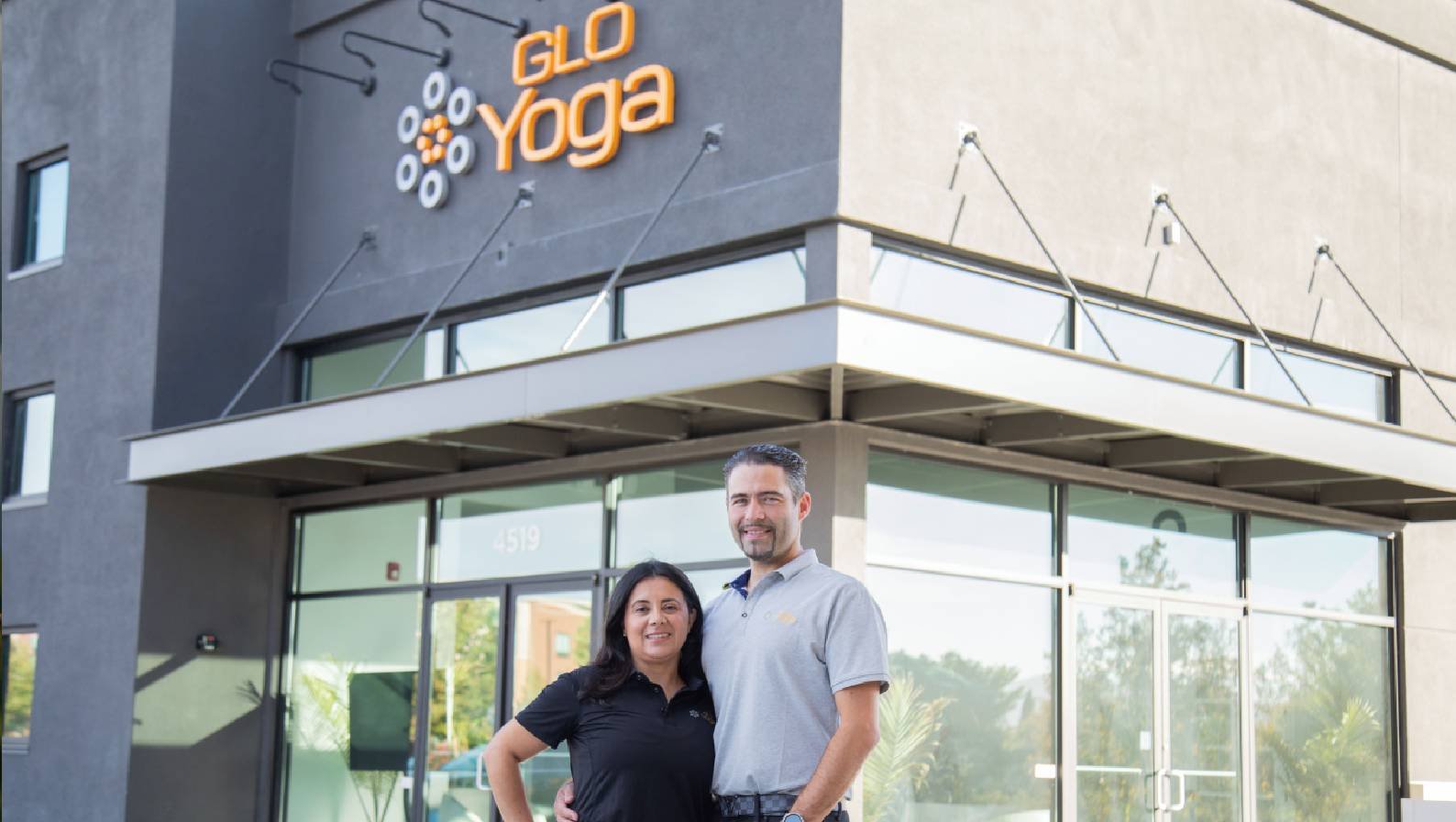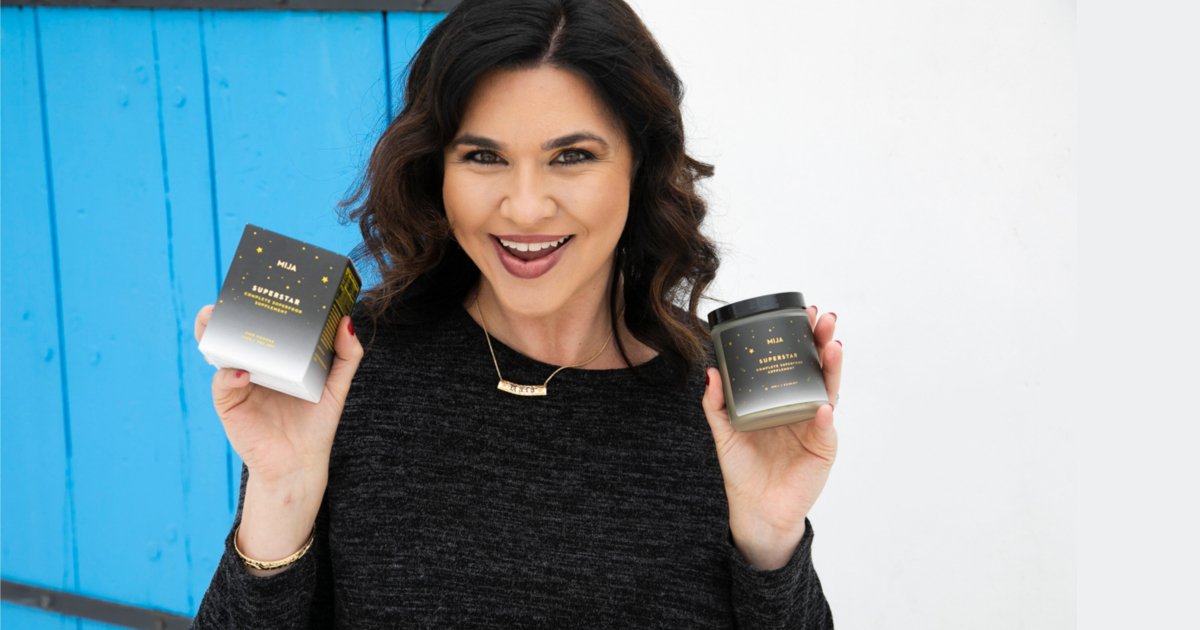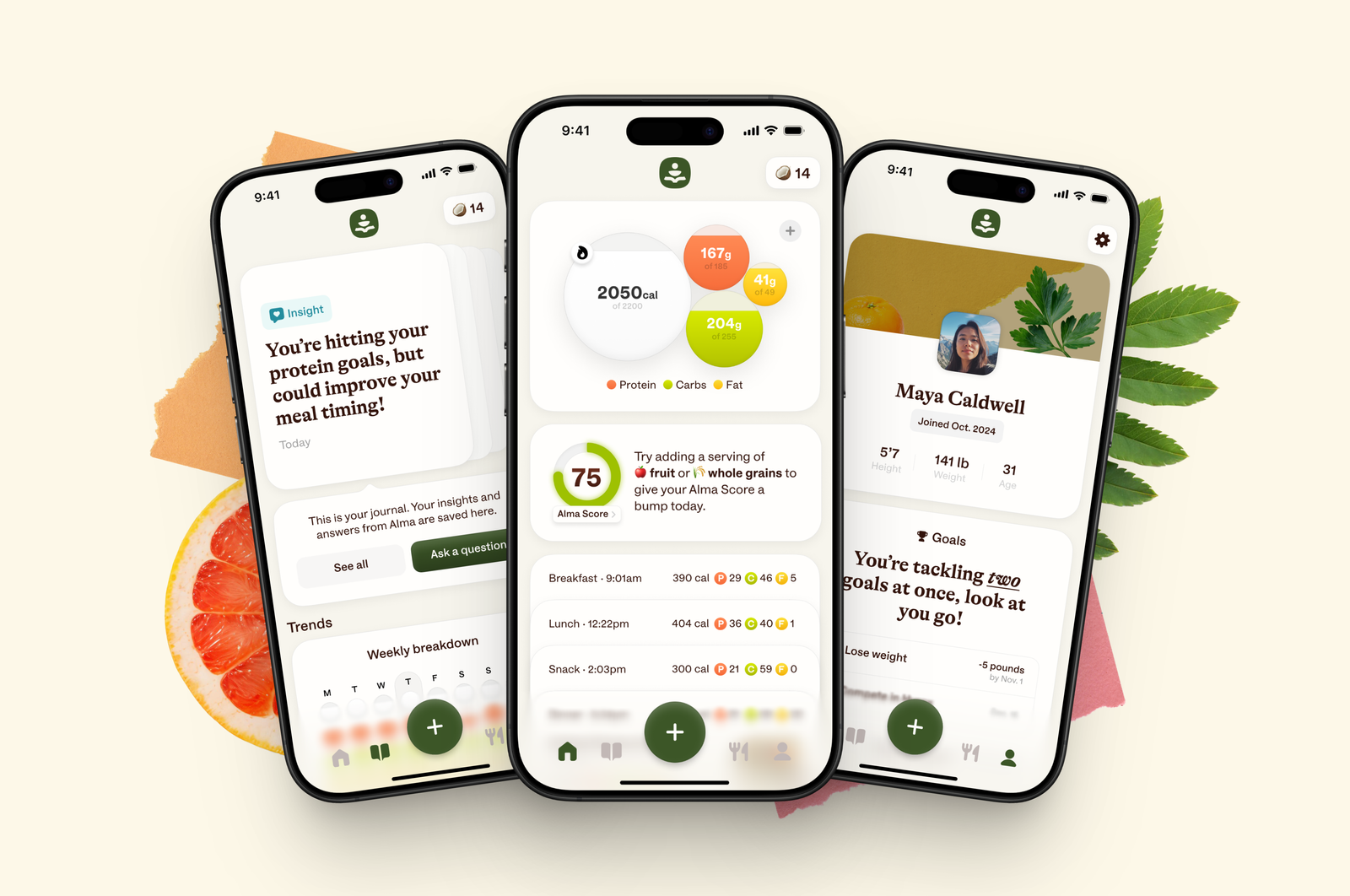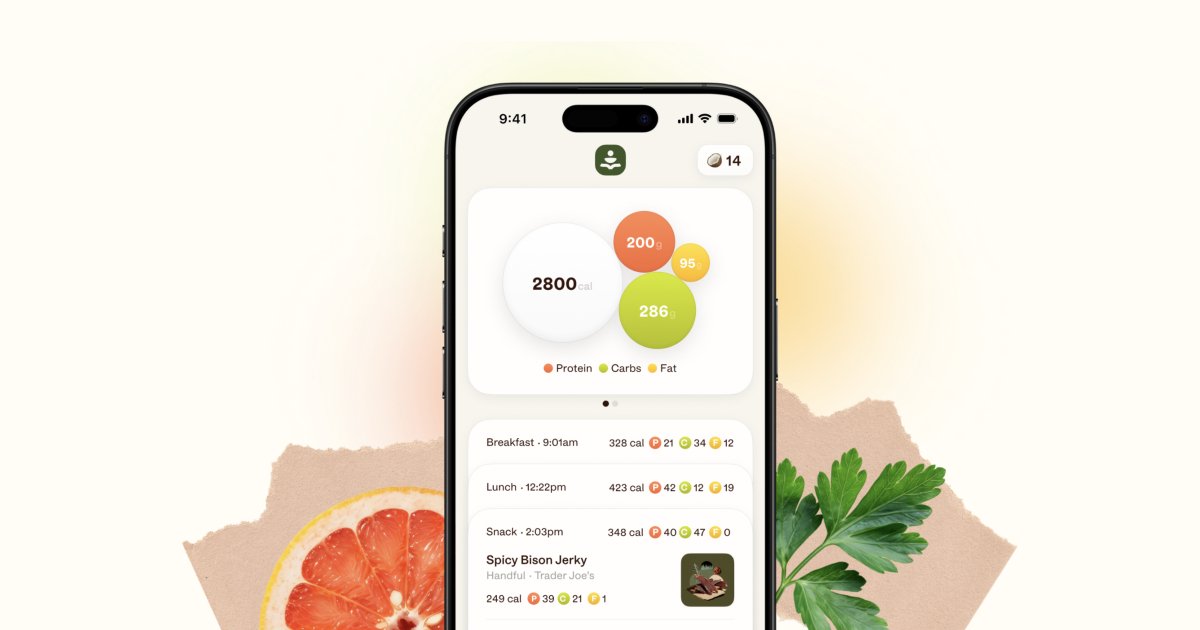Introduction
In today’s hyper-competitive wellness industry, the pursuit of physical fitness has become both a personal and cultural mission. Yet despite endless gym routines, app subscriptions, and trending workouts, millions remain frustrated by slow progress and recurring injuries. That’s where Dr. Lila Monroe, a former Olympic physiologist and founder of BioPulse Performance, steps in. Her Adaptive Training Method is quickly gaining attention as a paradigm shift in the fitness world—offering a smarter, data-backed approach that helps individuals build strength faster while drastically reducing risk of injury.
In this article, we explore the science and strategy behind Dr. Monroe’s breakthrough, and how her adaptive model is changing how we train—by aligning with the body’s own intelligence.
Understanding the Limits of Traditional Fitness Models
“Most people are training against their body instead of with it,” Dr. Monroe explains. After two decades studying athletic performance and rehabilitation science, she recognized a consistent flaw in mainstream workout programs: they treat every body the same. “Standard routines don’t account for recovery rates, neuromuscular fatigue, or hormonal fluctuations,” she adds. “They overtrain some and undertrain others.”
Instead of sticking to rigid, calendar-based regimens, Monroe’s Adaptive Training Method dynamically adjusts intensity, volume, and rest—based on real-time biofeedback.
The Science Behind Adaptive Training
At the heart of Monroe’s method is HRV (Heart Rate Variability) tracking and neuro-muscular responsiveness. These metrics indicate how prepared the body is for exertion on any given day. “If your HRV is low, your nervous system is stressed. That’s not the day to PR your deadlift,” she says. Conversely, high variability means optimal recovery and readiness.
Using wearable tech synced with the BioPulse app, users receive daily adjustments to their workouts. The system might increase mobility work one day and push high-intensity strength training the next—always in sync with the body’s needs.
Faster Progress, Less Burnout
Traditional “no pain, no gain” models often lead to plateaus or overuse injuries. Monroe’s clients, however, report faster gains in strength and endurance—with fewer setbacks.
One case study: Jordan, a 38-year-old former collegiate runner, returned to competitive racing after years of chronic knee issues. “Dr. Monroe’s method taught me when to push and when to back off,” he shares. “For the first time, I felt like my training respected my biology.”
Clinical trials at the BioPulse Performance Lab also found a 27% improvement in recovery markers and a 31% reduction in injury rates over a six-month training period using Monroe’s model.
Making Elite Training Accessible
Dr. Monroe’s goal is to democratize fitness science. “Why should pro athletes be the only ones training smart?” she says. Her platform offers tiered coaching options, from self-guided plans to remote biometrics analysis.
She’s also collaborating with workplace wellness programs and physical therapy clinics, aiming to reshape not just how we exercise—but how we think about movement. “Fitness isn’t punishment or performance. It’s biological communication,” she explains.
The Future of Fitness: Intelligence Over Intensity
As fitness evolves, Adaptive Training is being hailed as the next big shift—where intelligence replaces intensity. By listening to the body’s signals and adjusting accordingly, Monroe’s method provides not just better results, but a more sustainable relationship with exercise.
“Your body knows more than your calendar,” Dr. Monroe concludes. “The future of fitness isn’t about doing more—it’s about doing what’s right for you each day.”
Final Thoughts
With the rise of personalized health data and a growing rejection of one-size-fits-all solutions, Dr. Lila Monroe’s Adaptive Training Method is leading a fitness renaissance. By bridging cutting-edge science with practical application, her approach empowers individuals to move better, train smarter, and thrive longer. In a world obsessed with hustle, Monroe reminds us that optimal performance starts with listening—not forcing.









